A Taste Of Japan - How To Make Dashi, A Base Ingredient In Japanese Cuisine

Dashi, the rich broth that stands at the base of so many delicious Japanese traditional dishes, can actually be made at home! This article introduces the various types of dashi, how they are made, and, most importantly, how they are used.
In Japan, many people will start their day off with a breakfast of rice, vegetables, fish, and a bowl of miso soup. In the winter a steaming bowl of miso soup is especially comforting.
In the Japanese kitchen, when it comes to stewing, simmering, and soups or nabe, the one indispensable ingredient is dashi.
What is Dashi?

Dashi is the term for a cooking base or broth. It is used extensively in traditional Japanese cooking. The type of dashi depends upon the food ingredient from which it's made. The meaning of the Japanese characters themselves is "extracted liquid".
As mentioned, dashi can be made from a variety of ingredients. However, there are a few ingredients that are most commonly used.
Perhaps most common among these are konbu dashi (made with edible kelp) and katsuo-bushi dashi (made with bonito flakes). You can also often see a combination of both.
Konbu Dashi
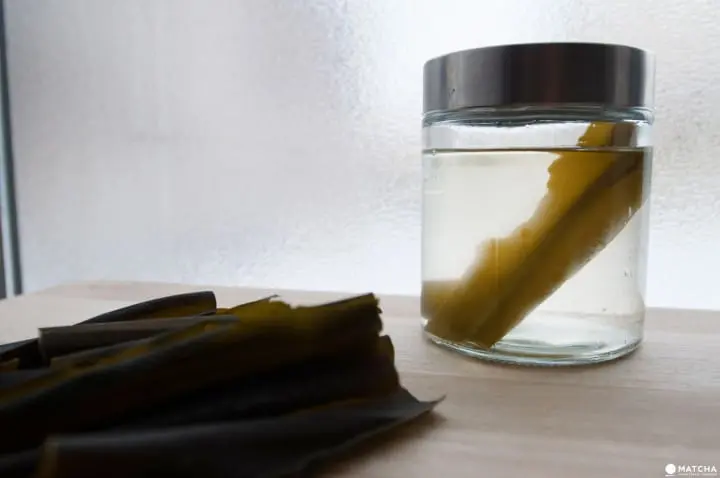
Konbu is kelp, a type of edible seaweed, which is harvested from coastal waters and then dried. Most of the konbu in Japan is grown and harvested in the waters surrounding Hokkaido, the northernmost of Japan's main islands.
Konbu is rich in glutamine, an amino acid which is the primary source of the umami, a Japanese word used to describe the richness of taste.
There are a few techniques for making konbu dashi. The simplest way is soaking the dried konbu in cold water for several hours, before slowly heating it up to a near boil.
The resulting subtle but deep taste of the konbu dashi is often used in dishes such as Ohitashi (blanched greens), Yudofu (stewed tofu), and Shabu shabu.
Katsuo-bushi Dashi
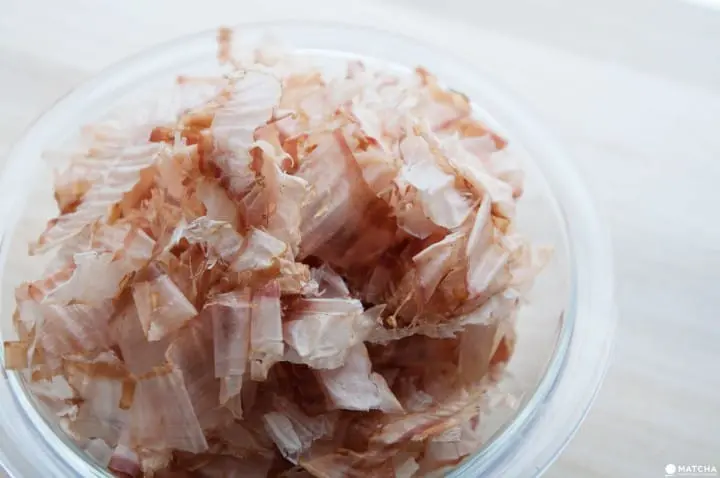
Katsuo-bushi is made from bonito, skipjack tuna. Over the course of several stages, the bonito is first filleted, simmered to cook , cooled, and then smoked. After smoking, the fillets are dried before smoking them again. This is repeated over a period of several months. Further, depending on the finished product that's desired, an additional step in the process is the application of an edible mold culture onto the surface of the fillet. This is let to ferment, dry, and then repeated as well.
Pictured above are shavings of the finished katsuo-bushi. The increased surface area of the shavings is ideal for drawing out the maximum flavor from the bonito when simmering it in water.
Awase Dashi
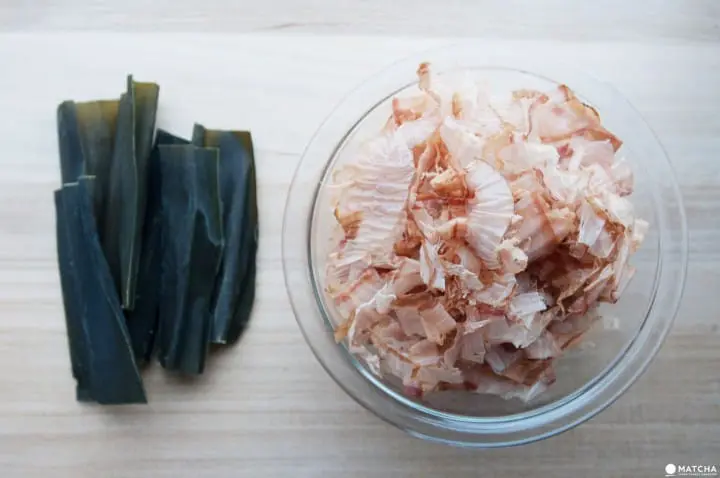
The most commonly used dashi is a combination of the konbu dashi and the katsuo-bushi dashi known as Awase dashi. The konbu dashi is prepared first, then the katsuo-bushi is added and let to simmer for a few minutes.
The combination of konbu and katsuo-bushi is much deeper and richer in taste. Awase dashi is often used in miso soup, tamago yaki (Japanese omelette) and oden.
Dashi Made with Dried Shiitake Mushrooms

Shiitake mushrooms are grown and harvested in various parts of Japan. After harvesting, the mushrooms are dried. They are used for a variety of purposes and making a dashi is one of them.
There are a few categories of dried shiitake. The category depends upon the growth stage during which it's harvested, and the resulting difference is taste and texture. The younger mushrooms are meatier in texture while the mature mushrooms are richer in taste.
The main flavor component in the dried shiitake is guanylic acid, which contributes to the umami flavor. It's said that it's through the drying process that the resulting flavor is intensified.
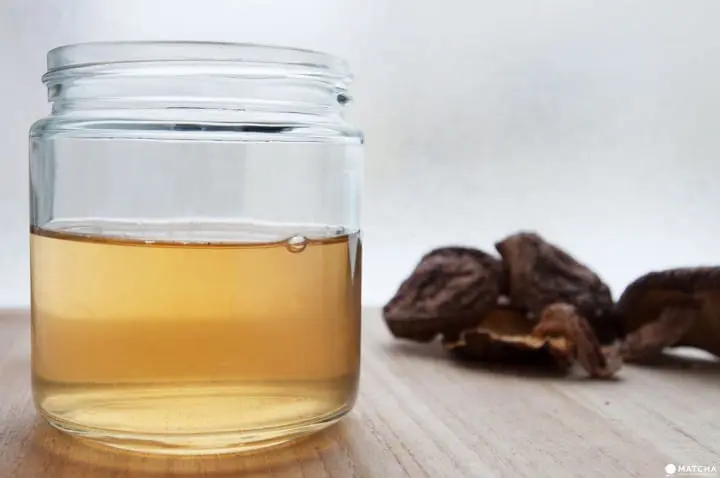
Making dried shiitake dashi is effortless, as no stove is required. Lightly rinse or use a cloth to remove any loose sediment from the shiitake, and then place several in a container and submerge them in cold water. Place it in the refrigerator for a few hours, and it's done!
The resulting dashi is a light amber in color, and wonderfully rich and deep in taste. It works amazingly with simmered dishes using root vegetables, as well as a range of other dishes such as takikomi goha (rice cooked with meat and vegetables) and stews.
Niboshi Dashi
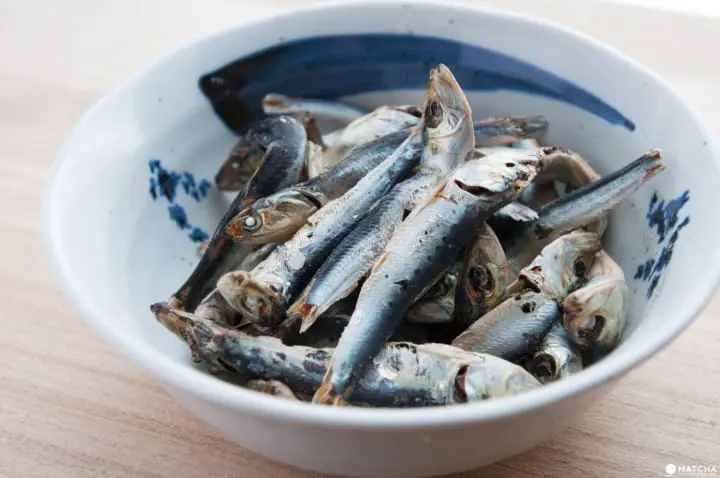
Niboshi are dried baby anchovies and sardines. Same as the shiitake mushrooms, these can be used in several ways with making dashi being one of them.
Making this type of dashi is quite similar to the konbu dashi. After soaking the niboshi in cold water you bring them to a slow boil. The resulting dashi has a strong seafood taste and it works wonderfully in miso soups, stews, and a variety of other dishes.
The Base Sets the Tone! Try Your Hand at Japanese Cuisine
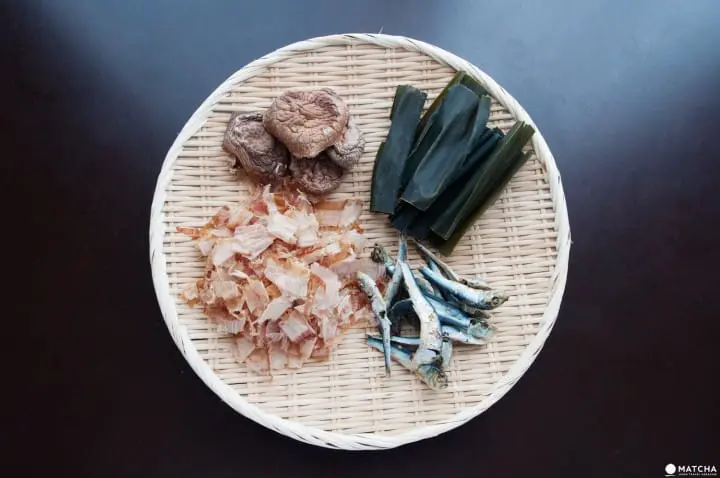
As any other type of soup, stew, or simmered dish, it's the base that sets the tone upon which all else follows. By cooking with the various types of Japanese dashi you can adjust the subtlety and deepness in tastes.
Japanese dashi is rather convenient as the ingredients are dried and easy to keep. It doesn' require much planning to make a range of wholesome and healthful meals.
Let me introduce to you a few popular dishes which require the use of dashi.
Dashi in Miso Soup
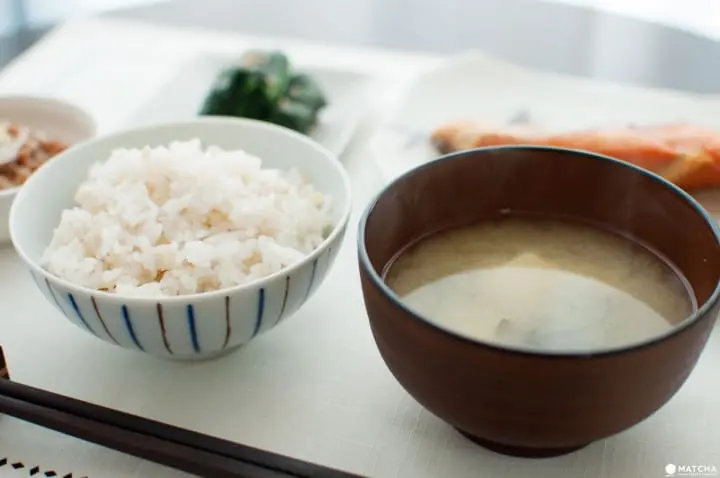
A traditional Japanese breakfast wouldn't be the same without miso soup. Miso soup in turn just wouldn't be the same without dashi. Both miso and dashi form the base of this traditional soup, and from there it's up to your liking on what else to add.
Read also:
Daikon Simmered in Dashi
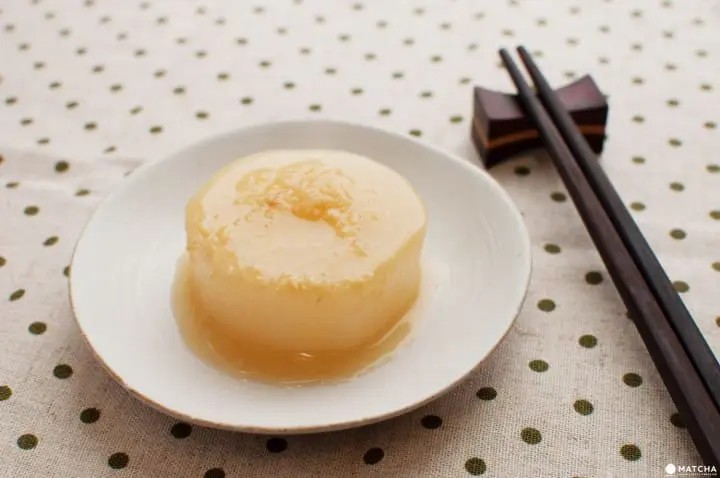
Daikon, Japanese radish, is harvested during the winter. it is a staple among the root vegetables that grace the dinner table during this season.
For a simple and savory side dish simmer daikon in a dashi base with some added seasonings. The resulting dish is a dashi steeped, belly-warming slice of wholesome and healthy radish.
Japanese Simmered Dishes Made with Dashi

Nimono, Japanese simmered dishes, cover a wide range of ingredients. The dish in the photo includes carrots, lotus root, burdock root, konyakku (yam cake), and shiitake mushrooms.
Typically, the ingredients are simmered in a dried shiitake dashi with added cooking sake, mirin and soy sauce. It's a convenient dish as you can make it ahead of time. It keeps well in the fridge for several days.
Dashi in Roasted Eggplant Tomato Soup

Dashi is very flexible, so there's no reason why it shouldn't be used in a range of dishes from different cultures around the world. Instead of a chicken or vegetable stock, dashi can be used when making a vast variety of stews. There's joy in discovering all the taste possibilities when experimenting with the different flavor bases.
Discover Dashi, the Secret of Japan's Delicious Cuisine!
On your next visit to Japan why not try for yourself the world of Japanese dashi. Take a trip to the market, or, better yet, take a cooking class, and taste the delights of cooking with dashi for yourself.



































![[Coupon Available] Attention Overseas Winter Sports Fans! Nagano's Sports Depot Has Evolved](https://resources.matcha-jp.com/resize/720x2000/2026/01/05-254819.webp)
![[2 hours from Tokyo ] 10 Quiet and Breathtaking Views of Mount Fuji in Yamanashi Hokuto City , Yamanashi - Part 2](https://resources.matcha-jp.com/resize/720x2000/2025/12/16-253037.webp)
